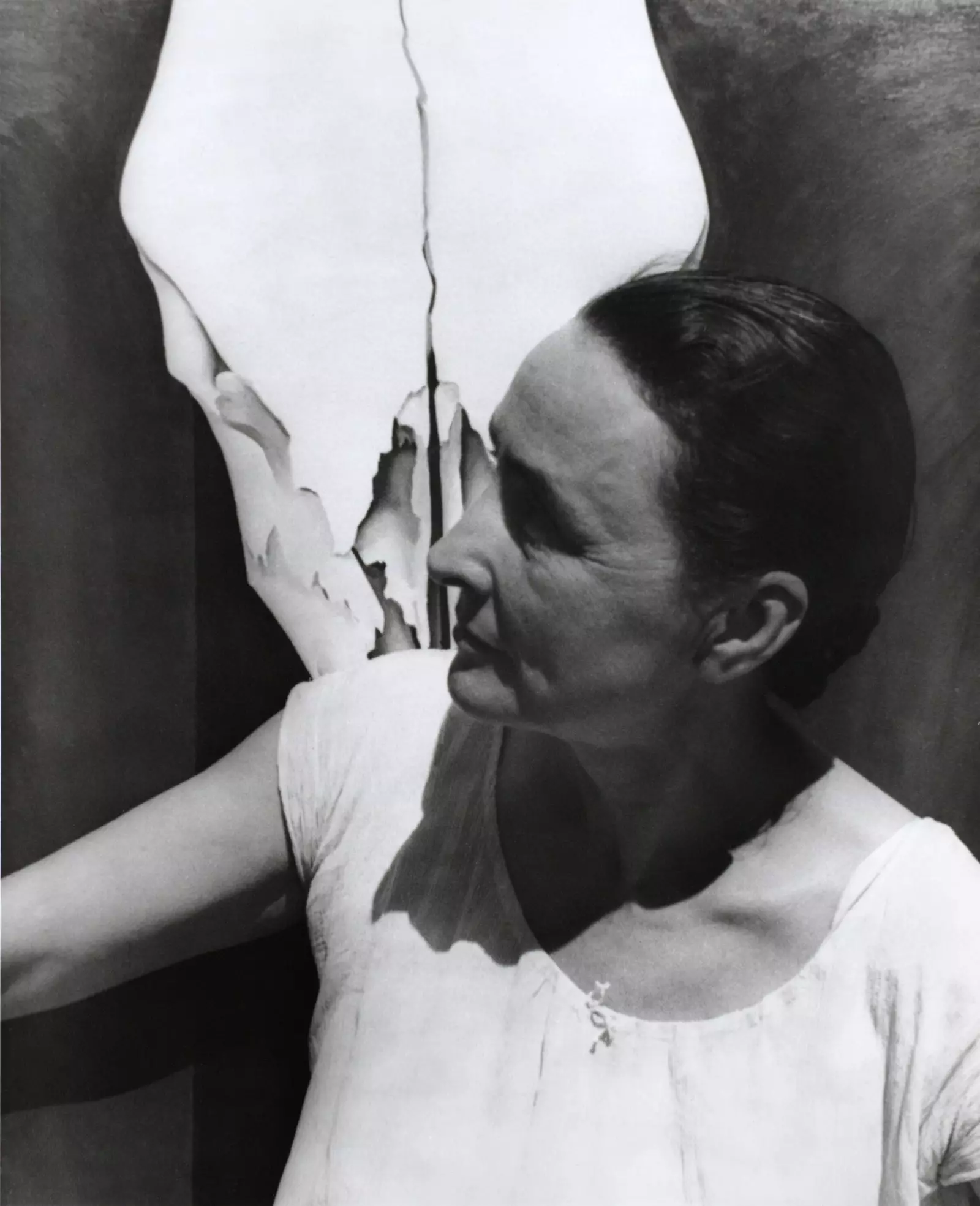
Flowers, skulls and plains: Georgia O'Keeffe arrives in Madrid
Georgia O'Keeffe , an essential figure of modernity in the United States, has not reached the impact of his contemporary in Europe Edward Hopper . Just like Hopper O'Keeffe sought his own language, apart from European artistic currents . His work became famous in the twenties, when his representations of flowers and landscapes, of controversial eroticism , touched the American artistic identity, still in the formative period.
The painter rejected the academic training of the school of Art Institute of Chicago Y she worked as a commercial illustrator and teacher in Texas and South Carolina her as she advanced on her way to abstraction. That's when she got to the gallery of photographer Alfred Stieglitz in New York , which held an exhibition of her work in 1916.
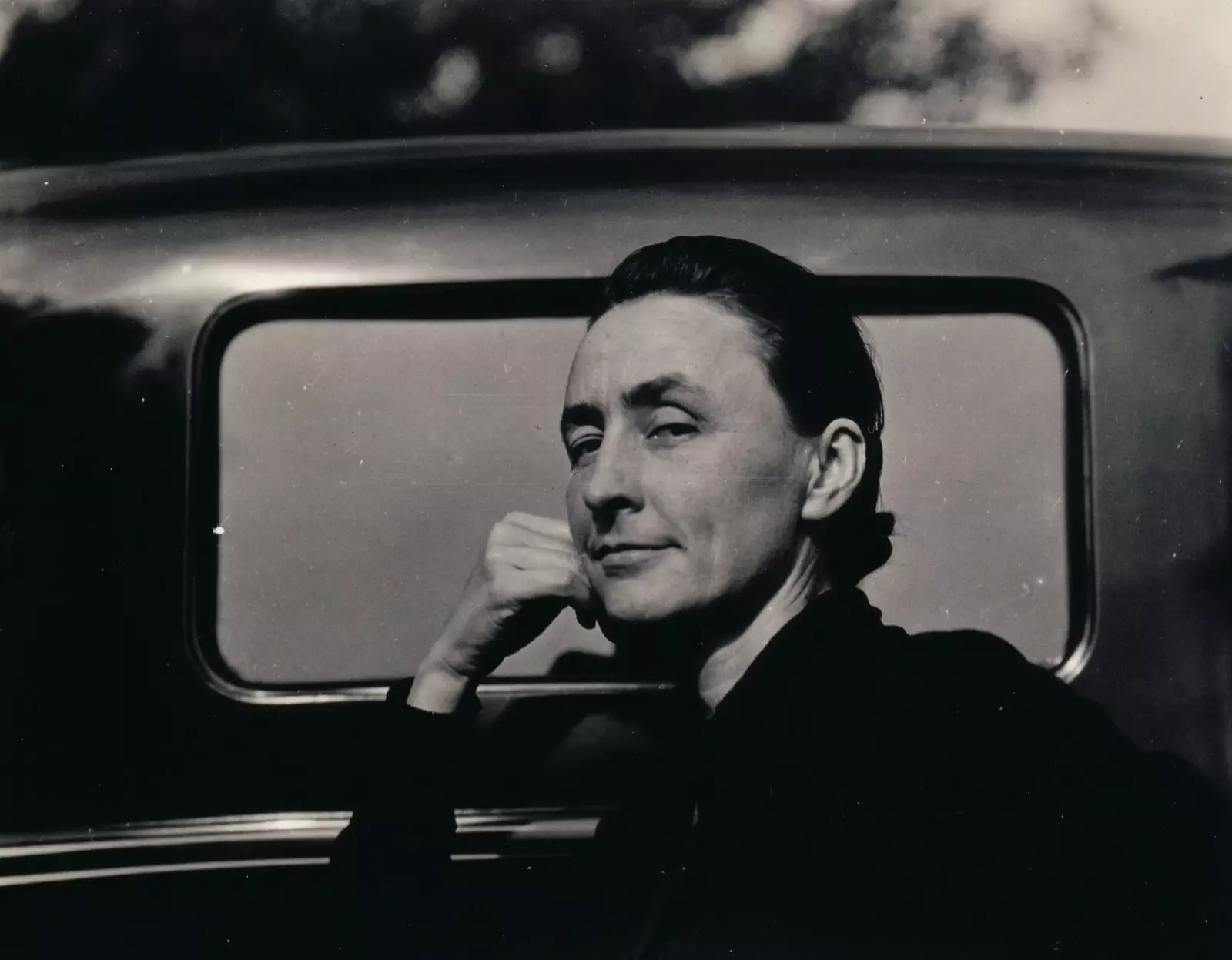
Georgia O'Keeffe, photographed by Alfred Stieglitz, after returning from New Mexico, 1929
In her works I was looking for transfer feelings to color and shape . She started from the cycles of nature, from the landscape. Her move to New York marked an approach to the city. In her images the buildings rise out of the mist like illuminated hills.
Georgia grew a severe, ambiguous, temperamental aspect, radical in its modernity . Their marriage to Steiglitz it established a tension between her artistic independence and her commitment to one of the central figures in the New York art scene. Her career shows a constant struggle to create your own space.
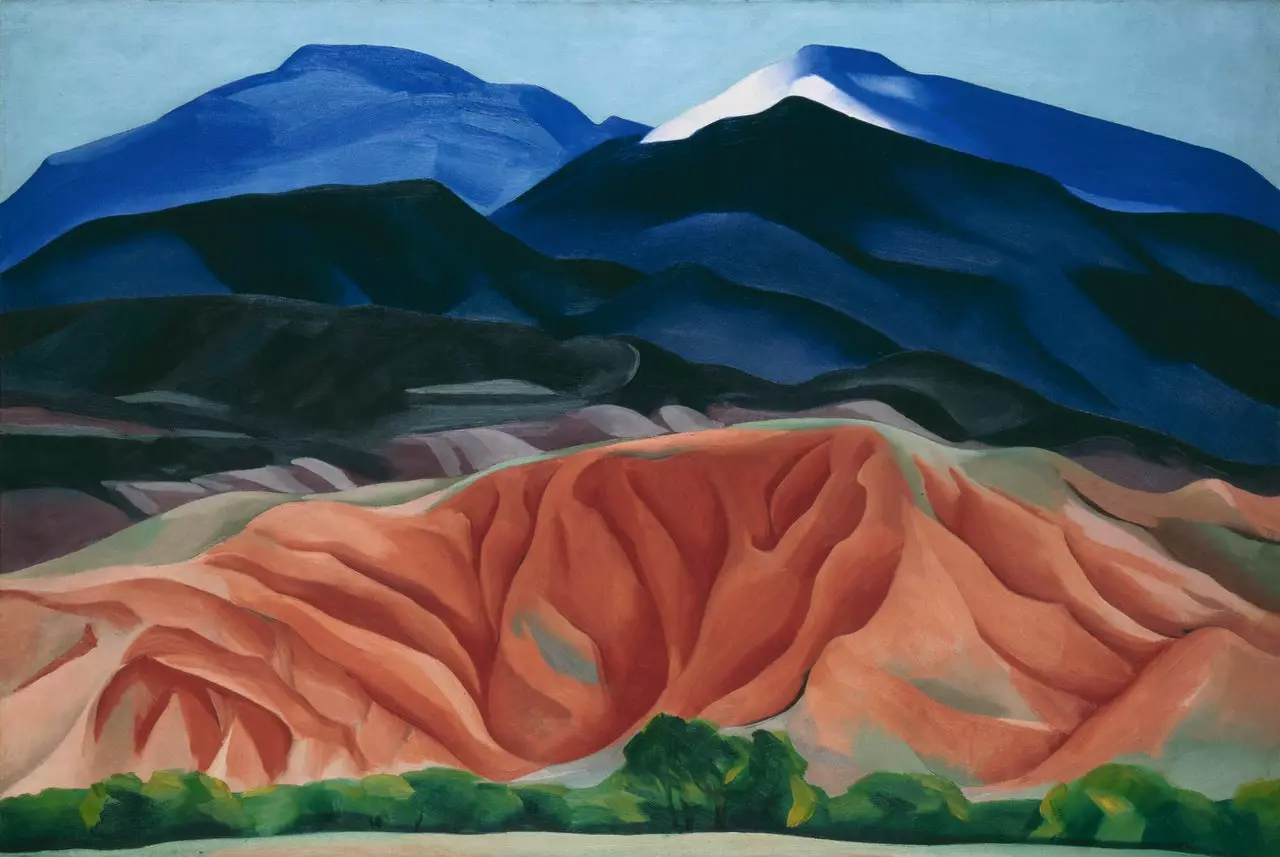
Georgia O'Keeffe Museum
Black Mesa Landscape, New Mexico, 1930, Georgia O'Keeffe Museum, Santa Fe
Black Mesa Landscape, New Mexico, 1930, Georgia O'Keeffe Museum, Santa Fe
Her relationship was passionate and conflictive. More than 350 portraits of the photographer are preserved, of which 200 are nude . The early recognition of O'Keeffe's work imposed the artist over the muse, and the artist sought growth.
Lake George in upstate New York, where the Stieglitz family had a summer home, was her first refuge. She could not conceive of painting without walking. On walks in the woods she projected emotions on leaves, flowers and rocks . Her gaze moved closer to the object, she reproduced it realistically, or she moved away and abstracted the lines of the slopes and the surface of the water.
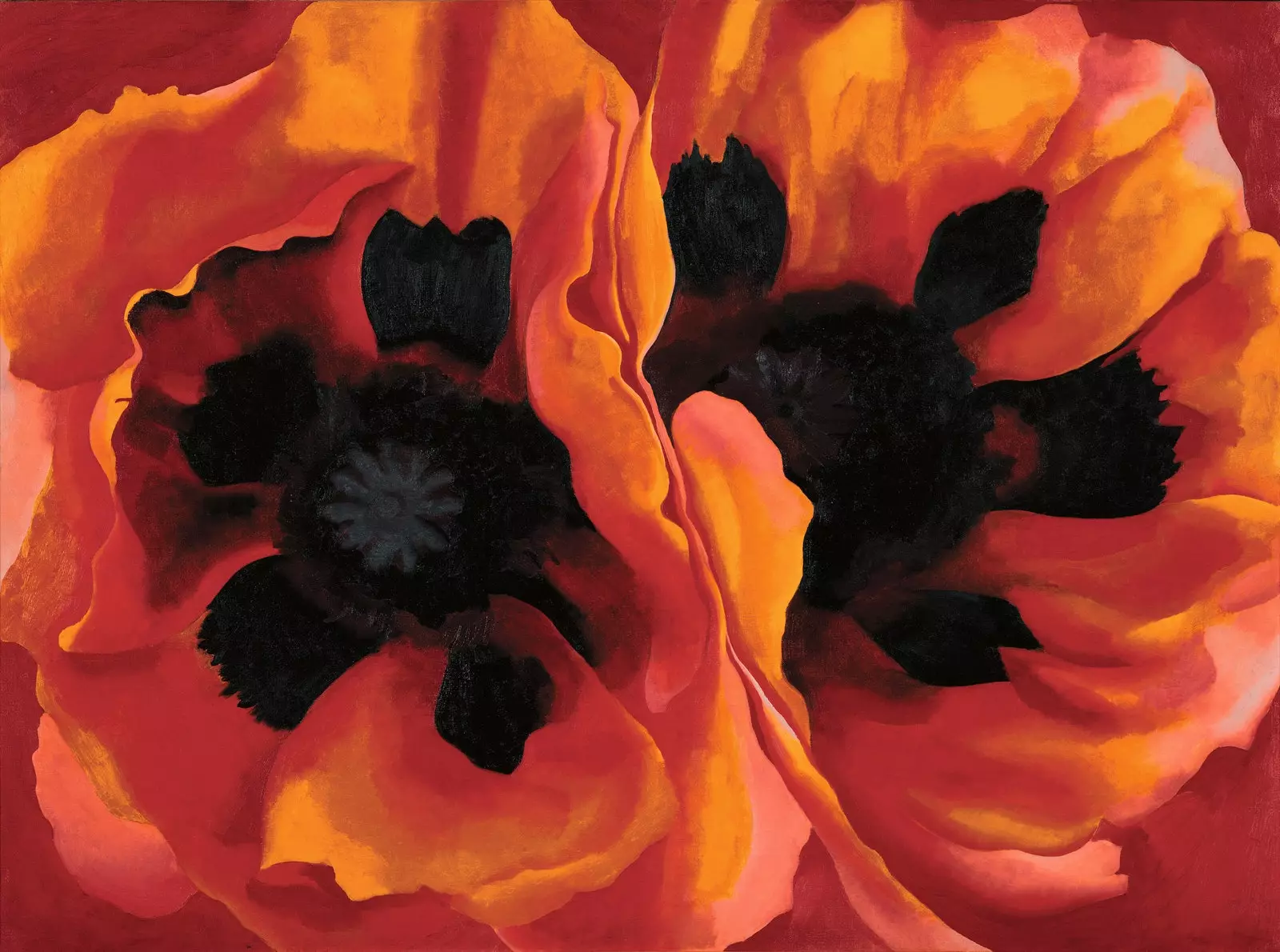
Oriental Poppies, 1927, Weisman Art Museum at the University of Minnesota, Minneapolis
She painted hundreds of flowers . She claimed that no one really sees a flower. It's so small, she said, that we don't have time, and the gaze requires time. To make the public stop, it was necessary to paint it.
Linda Nochlin , an art historian with a feminist approach, interpreted her black Iris as a female genitalia metaphor . She was looking for a hidden body in the artist's vision. O'Keeffe rejected her claim. "It's just flowers" , she concluded.
At age forty-two, Stieglitz's relationship with Dorothy Norman, a wealthy married woman, whom he invested in his gallery, and the failure of a mural for Radio City Music Hall, triggered a series of depressive episodes. Her recovery led her to a community of artists in Taos, New Mexico. She there she found a new beginning in the vast unpopulated, desert spaces.
New Mexico It was O'Keeffe's great journey. A trip that would provoke a constant return until she settled there after Stieglitz's death in 1946. She bought the Ghost Ranch, an abandoned ranch in Abiquiú . In front of her lay the plain and the Pedernal hill. The artist claimed that she had painted the mountain so many times that it belonged to her.
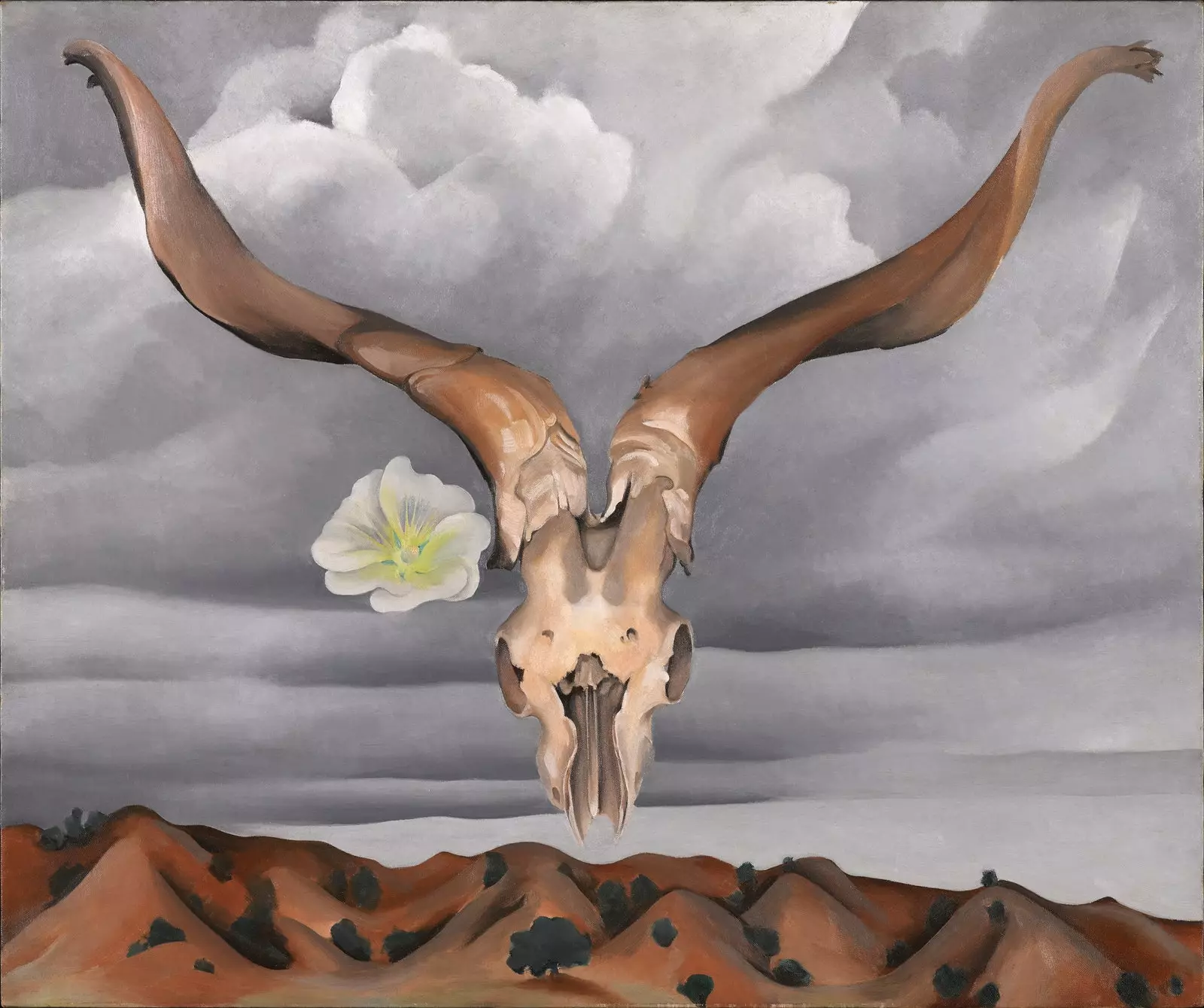
Ram's head, white royal mallow. Hills, 1935, Brooklyn Museum
From her first stay, in which she was away from the Tao community, she went into the desert, either on foot or in a Model A Ford that she learned to drive. She was looking for artifacts: feathers, fossils, bones, stones . As in her floral images, she found in these objects the essence of the landscape. The open, arid space delimited an environment of freedom against the reality of New York . She established her emotional landscape in the desert in the face of conflict.
Her painting always oscillated between the abstraction of the plain and the hills, modeled from color and form, and the symbolic elements that she placed in the foreground. The skulls of bulls or rams, on which a flower dangles, rise above the flowing background as emblems of a mystery of renewal.
In an interview at the age of eighty, she said that she had painted his life without knowing that he was doing it, but she always acted from the certainty of who she wanted to be and what her place was. "When I arrived in New Mexico I knew that this was my country" she stated. He died in Santa Fe nine years later.
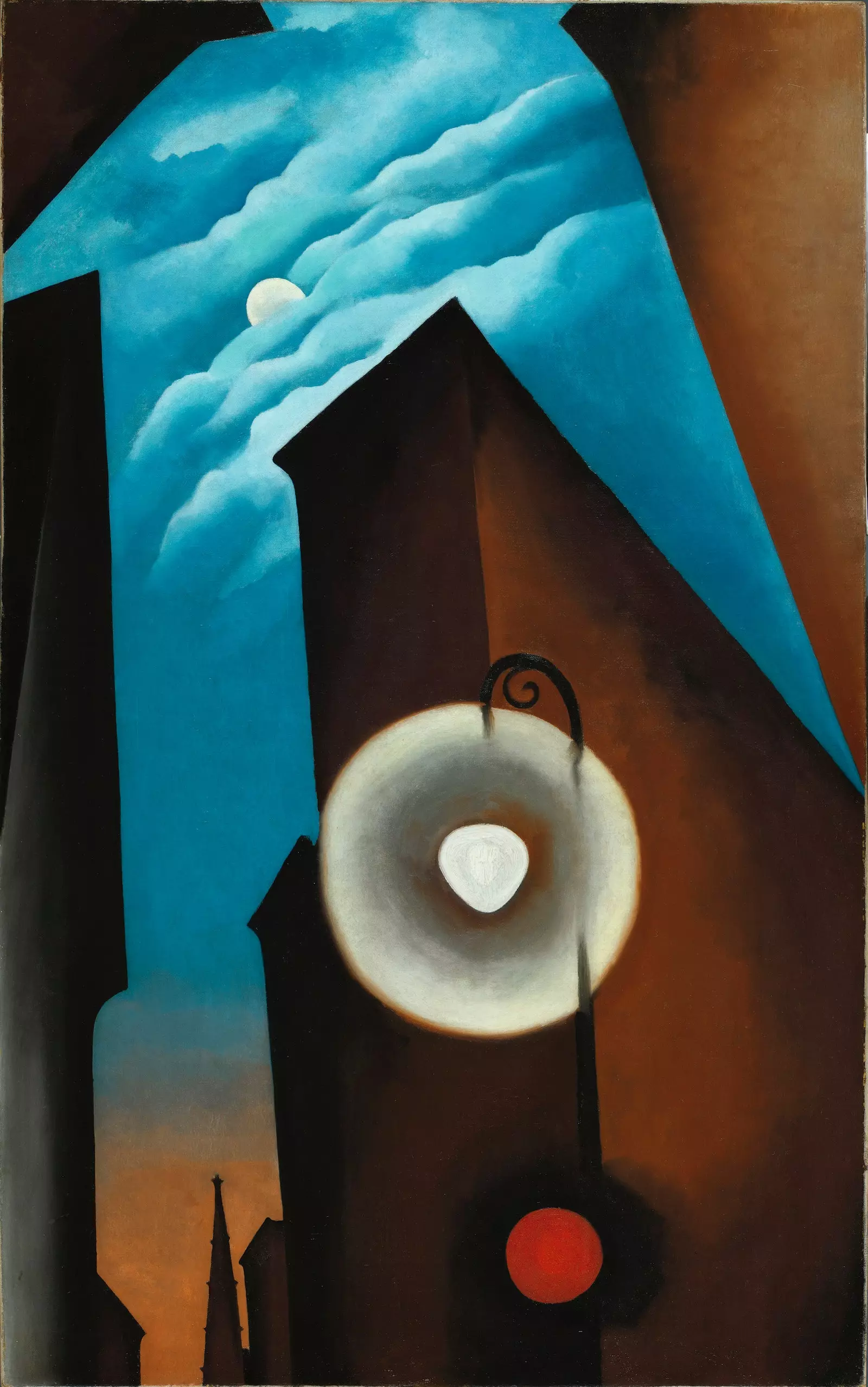
New York Street with Moon, 1925, Carmen Thyssen-Bornemisza Collection on deposit at the Museo Nacional Thyssen-Bornemisza, Madrid
With a selection of around 90 works , the exposition offers a complete tour of her artistic career. This exhibition project has been possible thanks to the support of more than 35 international museums and collections, mainly North American, among which the Georgia O'Keeffe Museum in Santa Fe.
After passing through Madrid, the exhibition will travel to the Center Pompidou in Paris and subsequently to the Foundation Beyeler of Basel . It is also sponsored by the Terra Foundation for American Art and JTI.
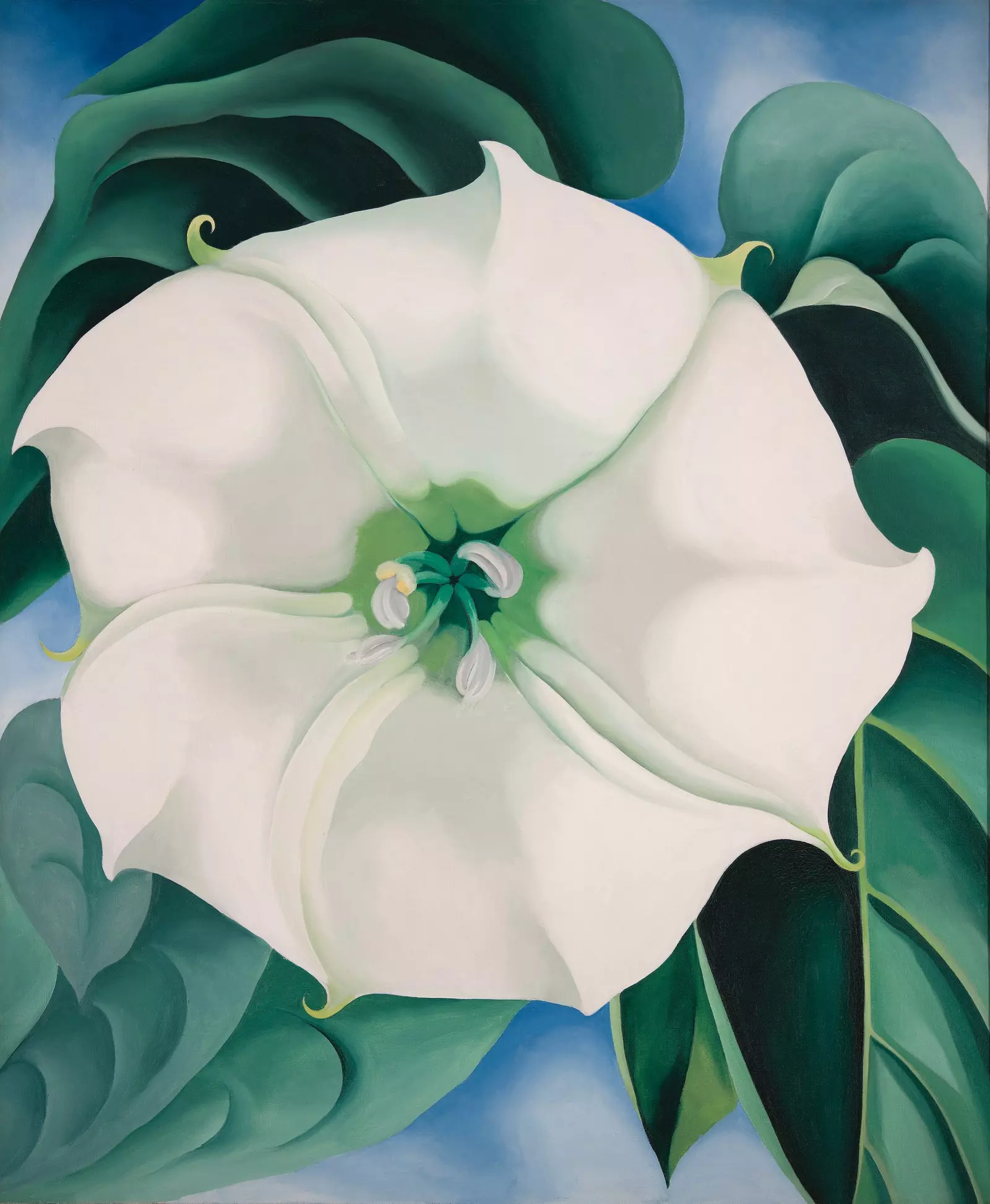
Jimson weed #1, 1932, Crystal Bridges Museum of American Art, Bentonville, Arkansas
Address: Paseo del Prado, 8, 28014 Madrid See map
Schedule: From April 20 to May 28. Monday: closed Tuesday to Sunday: from 10:00 a.m. to 7:00 p.m. Saturday: from 10:00 a.m. to 9:00 p.m.
Half price: €13
